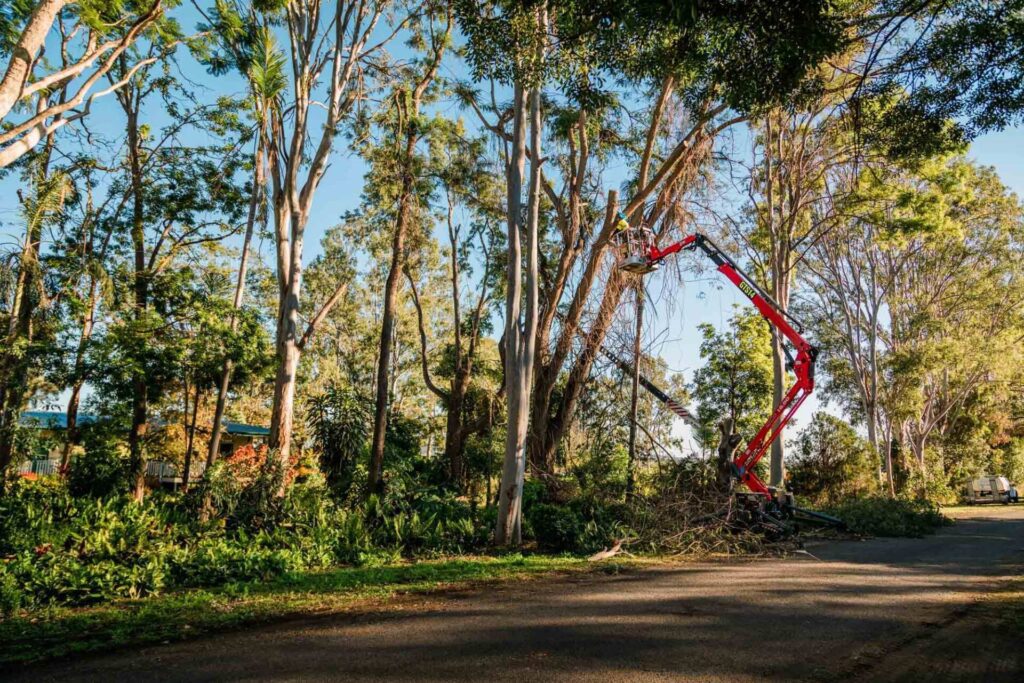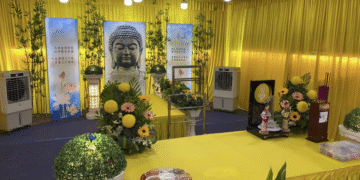How to Tell If Your Tree Needs Professional Attention

How to Tell If Your Tree Needs Professional Attention — Trees don’t come with warning systems. They stand tall and silent until something goes wrong. Sometimes it’s a broken branch, a sudden lean, or a neighbour’s complaint about overhanging limbs. Knowing when your tree needs professional attention helps you avoid panic and prevent major damage. Here are the key signs that it’s time to call an expert arborist.
Dead or Dying Branches
Dead branches are the clearest sign of trouble. Look for missing leaves during the growing season, dry wood, or brittle bark. A few dead twigs are normal. However, multiple dead branches or bare sections indicate deeper problems. Dead branches can fall anytime, especially during storms, creating safety risks.
Location Matters
Dead wood hanging above homes, driveways, or play areas should be removed quickly. Don’t wait for it to fall on its own. A slight lean is normal for most trees. But a sudden or worsening lean could mean structural weakness. Check the soil at the base—if it’s cracked or lifted, the roots may be failing. Cracks in the trunk or large branches are also warning signs.
Multiple Trunks or Weak Attachments
When several trunks grow from the same base, they create weak attachment points. Such trees may need cabling, pruning, or removal. Trees planted too close to buildings cause ongoing issues. Branches rubbing against roofs can damage shingles and gutters. Roots near foundations or driveways can crack concrete or interfere with pipes.
Interference With Power Lines
If branches are touching or growing into power lines, don’t trim them yourself. This is dangerous work that requires trained professionals. Qualified experts, such as those offering tree lopping Brisbane, can safely assess and manage such issues without harming your tree or property.
Signs of Disease or Pests
Fungal growth on the trunk or base often signals internal decay. Look for mushrooms or shelf-like fungi—these usually indicate rot inside. Excessive sap flow from cracks or wounds is another sign of stress or disease. Also, watch for holes in the bark, sawdust around the base, or increased insect activity. These symptoms warrant professional inspection.
Changes in Leaves and Canopy
Sudden leaf loss outside the usual seasonal pattern is a sign of stress. Early colour changes, thinning leaves, or wilting branches all suggest trouble. Dieback in the outer canopy, especially at the top, indicates the tree can’t support its full structure. This often points to trunk or root damage.
Root System Damage
Roots anchor and nourish trees. When they’re damaged, the entire tree suffers. Construction, excavation, or soil changes can sever roots and create instability. Fungal growth on exposed roots or at the base means decay. Even if the upper tree looks fine, root damage is serious and needs immediate attention.
Soil and Surrounding Changes
Construction, grading, or new drainage patterns can stress trees by altering soil conditions. If your tree’s health declines after nearby construction, get it professionally checked.
Storm Damage
After a storm, even healthy-looking trees may be unsafe. Broken branches hanging overhead should be removed right away. Lightning strikes can cause hidden internal damage. Watch for missing bark strips, trunk cracks, or sudden decline after a storm. A tree that leans or shifts afterward needs urgent evaluation.
Managing Growth and Size
Some trees simply outgrow their space. Overgrown branches can block sunlight, drop debris, or dominate your garden. Regular pruning keeps them healthy and well-shaped. Fast-growing species like eucalyptus require frequent pruning. Trees near buildings also need trimming to maintain safe clearance and prevent damage.
DIY vs. Professional Work
You can prune small, low branches safely. However, avoid ladder work or cutting large branches yourself. The risk of injury is too high. Trained arborists have the right tools, safety gear, and insurance to handle risky jobs. Let the experts manage major tree care to protect both you and your property.
Time for Action
Once you notice warning signs, act promptly. For non-emergencies, get multiple quotes. But in urgent cases—like a leaning tree or storm damage—call a professional immediately. Qualified arborists will assess your tree, explain the issues, and recommend the best course of action. They’ll justify their suggestions rather than push costly options. Trees add beauty, shade, and value to your home. Timely professional care ensures they stay strong, safe, and thriving for years to come.










